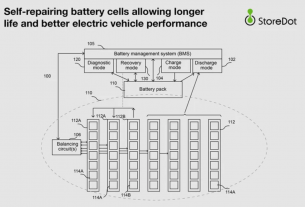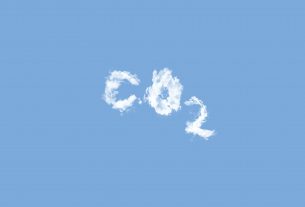Belgium – The pilot plant that captures carbon monoxide from blast furnace gas arrived at the Ghent site of ArcelorMittal. The next two years researchers will test the sustainable technology in real life with industrial gas.
ArcelorMittal, Dow Benelux and Tata Steel have joint emissions of more than 20 million tons of CO2 per year. By reducing these, they can make an important contribution to the CO2 emission reduction targets of the Netherlands, Belgium and the EU all together. They are working on this, among other things, through the Steel2Chemicals project that makes blast furnace gas suitable as a raw material for the chemical industry. The pilot plant to test the new technology was transported to Ghent this week, where Dow will test the pilot plant with ArcelorMittal blast furnace gas.
Tube reactor
A consortium of Dow Benelux, ArcelorMittal, Tata Steel, University of Ghent, TNO and the Institute for Sustainable Process Technology (ISPT) has been working since November 2018 on the Steel2Chemicals project to reduce CO2 emissions from the steel and petrochemical industry. The project focuses on the development of a closed value chain in which carbon monoxide (CO) from residual gases from steel production is used as a raw material in the chemical industry. In order to test in real life how best to convert (cleaned) blast furnace gas into valuable raw materials for the chemical industry, Zeton has built a CO conversion pilot factory. This consists of a 12 meter long tube reactor.
An important milestone in the Steel2Chemicals project was reached at the beginning of 2021: the pilot plant is ready and transported to ArcelorMittal. The installation will be ready for the first tests by the end of April.
Sustainable steel production
The installation will remain in Ghent for the next two years, where ArcelorMittal has developed a special pilot plant park to test these sustainable technologies in real life with real industrial gas. The four-year Steel2Chemicals project is continuing at full speed there. For example, the University of Ghent is investigating whether the product from the pilot plant does indeed meet expectations and whether it can be used as a raw material for Dow’s steam crackers.
In addition, TNO is trying to develop a method to also remove nitrogen from blast furnace gas. If that succeeds, the large factory can soon be made a lot smaller, because less gas has to flow through it. Furthermore, the University of Ghent is analyzing the data from the pilot plant to calculate how much CO2 in this concept occurs and at what cost. If the pilot turns out to be successful and economically feasible, it will be examined whether a demonstration factory can be realized on a larger scale.




